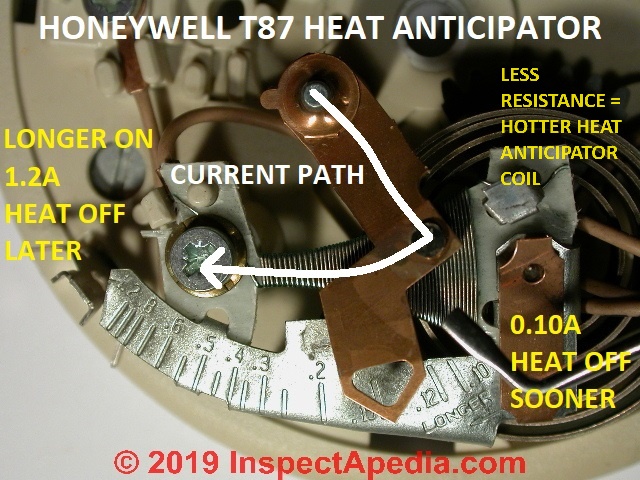The heating power per unit area shows the heating capability of the self heating concrete.
Electric resistance heating definition.
Joule s first law also known as the joule lenz law states that the power of heating generated by an electrical conductor is proportional to the product of its resistance and the square of the current.
Definition of electrical resistance resistance also known as ohmic resistance or electrical resistance is a measure of the opposition to current flow in an electrical circuit.
Observed that the concrete with nickel particles has a superior self heating.
Direct electric resistance heating and.
When a voltage is applied across a substance there will be an.
If the resistance is high a large amount of heat is generated and the material is used as a resistor rather than as a conductor.
Room heaters can consist of electric baseboard heaters electric wall heaters electric radiant heat or electric space heaters it is also possible to use electric thermal storage systems to avoid heating during times of peak power demand.
Resistance heaters produce heat by passing an electric current through a resistance a coil wire or other obstacle which impedes current and causes it to give off heat.
In formal terminology the heat corresponds to the work done by the charge.
The heating element inside every electric heater is an electrical resistor and works on the principle of joule heating.
Joule heating also known as resistive resistance or ohmic heating is the process by which the passage of an electric current through a conductor produces heat.
An electric heater is an electrical device that converts an electric current into heat.
Resistance is measured in ohms symbolized by the greek letter omega ω.
Resistance heating definition is heating by means of energy produced by the passing of electric current through resistance units.
Electric resistance heating is defined as the heat produced by passing an electric current through a material that preferably has high resistance as the current passes through the material ohmic losses i 2 r losses occur these losses cause the conversion of electrical energy into heat.
Heaters of this kind have an inherent efficiency of 100 in converting electric energy into heat.
The heating power per unit area attained by the steel fiber concrete was 750 w m 2 much higher than 340 w m 2 for a metal wire with the same resistance note.
Electric resistance heat can be supplied by centralized forced air electric furnaces or by heaters in each room.
The generation of heat by electric conductors carrying current.
Electric heating is a process in which electrical energy is converted to heat energy common applications include space heating cooking water heating and industrial processes.
Whenever an electric current flows through a material that has some resistance i e anything but a superconductor it creates heat.

